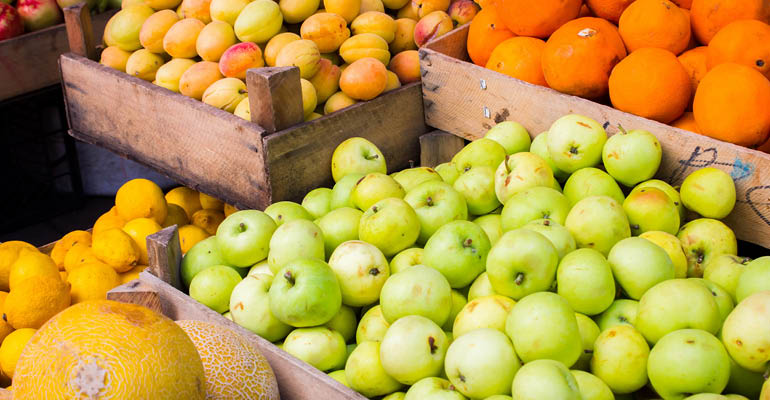
COVID-19 has been a major disruptor and put a hazy cloud over the crystal ball, but there are basic steps a farm manager can take to steer through the disruption.
Brian Philpot, President and CEO of AgAmerica, an agricultural land lender based in central Florida, advises farmers to continue to develop their relationship with their lender so they can access capital as needed.
"I have been telling people cash is king and you want to make sure you have plenty of working capital," Philpot said.
Government programs should support farmers, but as of yet it's unknown how much is coming to who and when. Agriculture Secretary Sonny Perdue said on Wednesday that the Trump administration would like to make direct purchases of meat and milk as part of a $15.5 billion aid package. Perdue also told Fox Business he wants to include direct financial assistance to farmers as part of a COVID-19 bailout.
Farmers should be looking at how their debt is structured, Philpot said, as historically low interest rates make now a good time to restructure debt. It's certainly not like the 1980s when interest rates were going through the roof, he said. Interest rates should be low for the foreseeable future, but whenever things get tight, lending practices also tighten so act now to ensure your operation maintains needed liquidity.
Prices are down for commodities across the board, but there are bright spots, Philpot said. He lives in central Florida, where citrus growers have been battling dwindling orange juice consumption and citrus greening. While the pandemic hasn't eased greening, it has given orange juice consumption a boost as consumers look for sources of Vitamin C.
Market disruption is nothing new, he said, as markets have faced many disruptions in recent years, including the revisions to the North American Free Trade Agreement, tariffs, the trade war with China and labor issues.
The Trump administration on Wednesday announced temporary changes to H2A visas, which allow immigrants to work in agricultural workplaces. About 70% of the agricultural workforce is comprised of immigrants, Philpot said.
While images of milk dumping have come across our screens, agriculture is a needed industry.
"We supply one of the most important products there is," Philpot said.
People are eating differently as governors have closed restaurants and issued stay-at-home orders. According to the USDA's Economic Research Service, 54% of total food spending in 2018 was on food purchased from commercial food establishments. Americans first spent more on food purchased away from home in 2007.
Philpot expects those images of food being dumped or left to rot will disappear as the industry adjusts to the sudden shock.
Already, he sees the system starting to work. In Florida, farmers markets are going virtual, with vendors selling products online and participants in the Supplemental Nutrition Assistance Program can purchase groceries online.
The demand remains, Philpot said, it's just a matter of finding new ways to connect consumers and growers.
Read more about:
Covid 19About the Author(s)
You May Also Like




